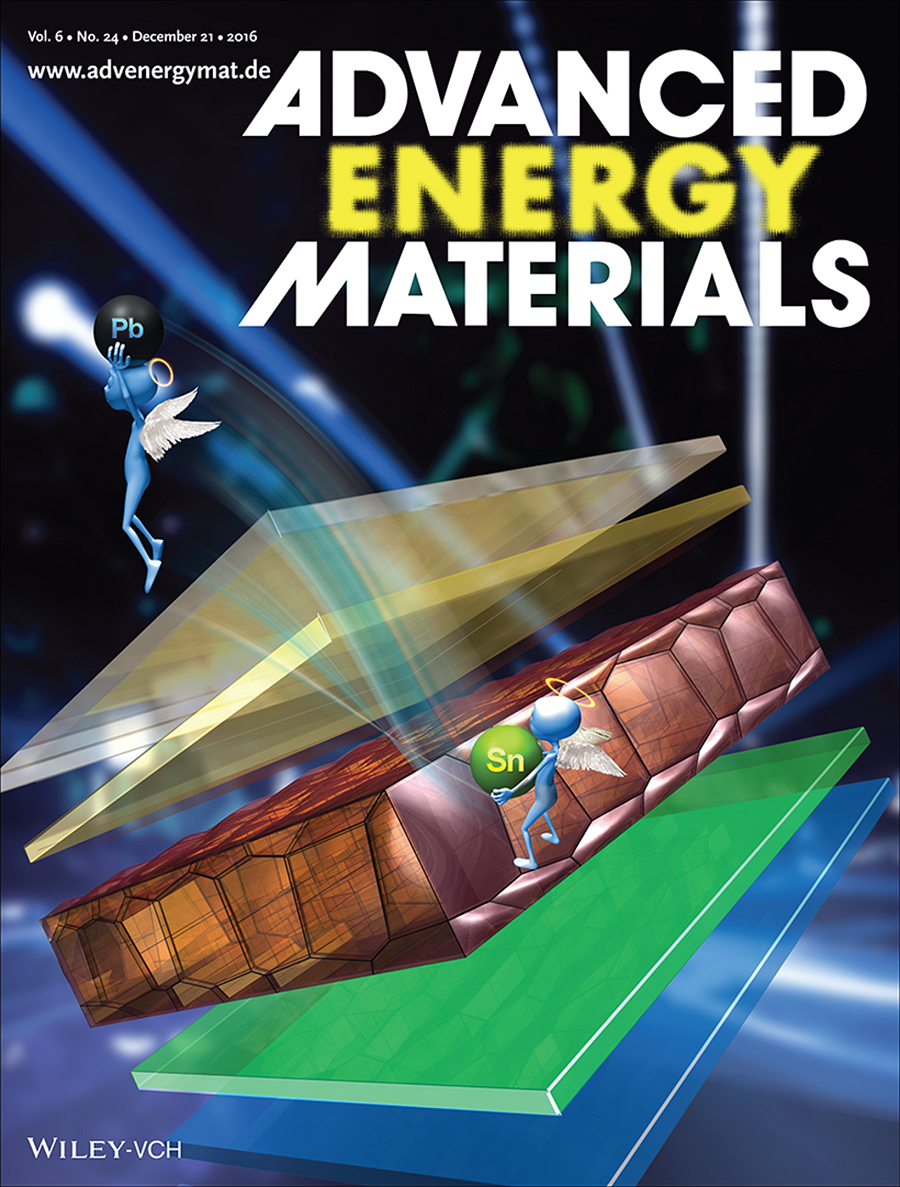
Perovskite solar cells (PSCs) have been emerging as a breakthrough photovoltaic technology, holding unprecedented promise for low-cost, high-efficiency renewable electricity generation. However, potential toxicity associated with the state-of-the-art lead-containing PSCs has become a major concern. The past research in the development of lead-free PSCs has met with mixed success. Herein, the promise of coarse-grained B-γ-CsSnI3 perovskite thin films as a light absorber for efficient lead-free PSCs is demonstrated. Thermally-driven solid-state coarsening of B-γ-CsSnI3perovskite grains employed here is accompanied by an increase of tin-vacancy concentration in their crystal structure, as supported by first-principles calculations. The optimal device architecture for the efficient photovoltaic operation of these B-γ-CsSnI3 thin films is identified through exploration of several device architectures. Via modulation of the B-γ-CsSnI3 grain coarsening, together with the use of the optimal PSC architecture, planar heterojunction-depleted B-γ-CsSnI3 PSCs with power conversion efficiency up to 3.31% are achieved without the use of any additives. The demonstrated strategies provide guidelines and prospects for developing future high-performance lead-free solar cells.
This work has made the cover of Advanced Energy Materials.



